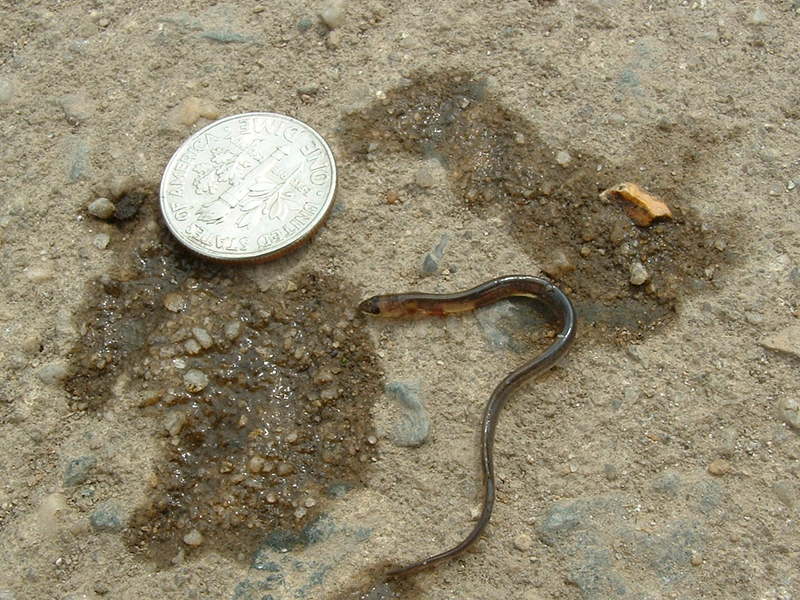Slimy and snakelike, the eel is making a comeback in the Inland Bays.
“It's the commercial fishery that no one knows about,” said Jordy Zimmerman, fisheries biologist with the Division of Fish and Wildlife.
Delaware's eel harvest brings in about $400,000 a year and is the fifth most profitable of all Delaware fisheries. Demand peaked in the mid 1990s when the Asian market sought eel for its sushi products. Commercial fisherman also use eels as bait for larger fish.
Harvests dropped in 2007 after Delaware prohibited the use of female horseshoe crab bait – a popular bait for eel fishing, Zimmerman said.
Since 2010, however, the harvest has been improving. By 2013, an estimated 800,000 juvenile eels were caught in Delaware waters.
“Eels hold their own as a marketable product,” Zimmerman said. “We're catching so many more glass eels than other states.”
Glass eels are babies, not much bigger than a dime. Mature eels migrate to seawater to spawn; the glass eels then make their way to freshwater where they mature to yellow eels, eventually becoming silver adults.
Delaware has one of the most important juvenile nurseries along the East Coast, Zimmerman said.
In an eel survey conducted from February to April, Zimmerman said researchers counted nearly 300,000 glass eels in 26 samples.
The Inland Bays offer migrating glass eels easy access from the ocean and are a natural stop for young eels. Many others migrate up the Delaware River and inland.
“What's there is a drop in the bucket compared to what goes up the Delaware River,” said Robin Tyler, environmental scientist for the Department of Natural Resources and Environmental Control.
Tyler said eels are abundant throughout Delaware's inland streams and ponds. He said they've made their way over dams and Killen Pond and nearby Coursey and McColley ponds.
Melissa Steele is a staff writer covering the state Legislature, government and police. Her newspaper career spans more than 30 years and includes working for the Delaware State News, Burlington County Times, The News Journal, Dover Post and Milford Beacon before coming to the Cape Gazette in 2012. Her work has received numerous awards, most notably a Pulitzer Prize-adjudicated investigative piece, and a runner-up for the MDDC James S. Keat Freedom of Information Award.
























































